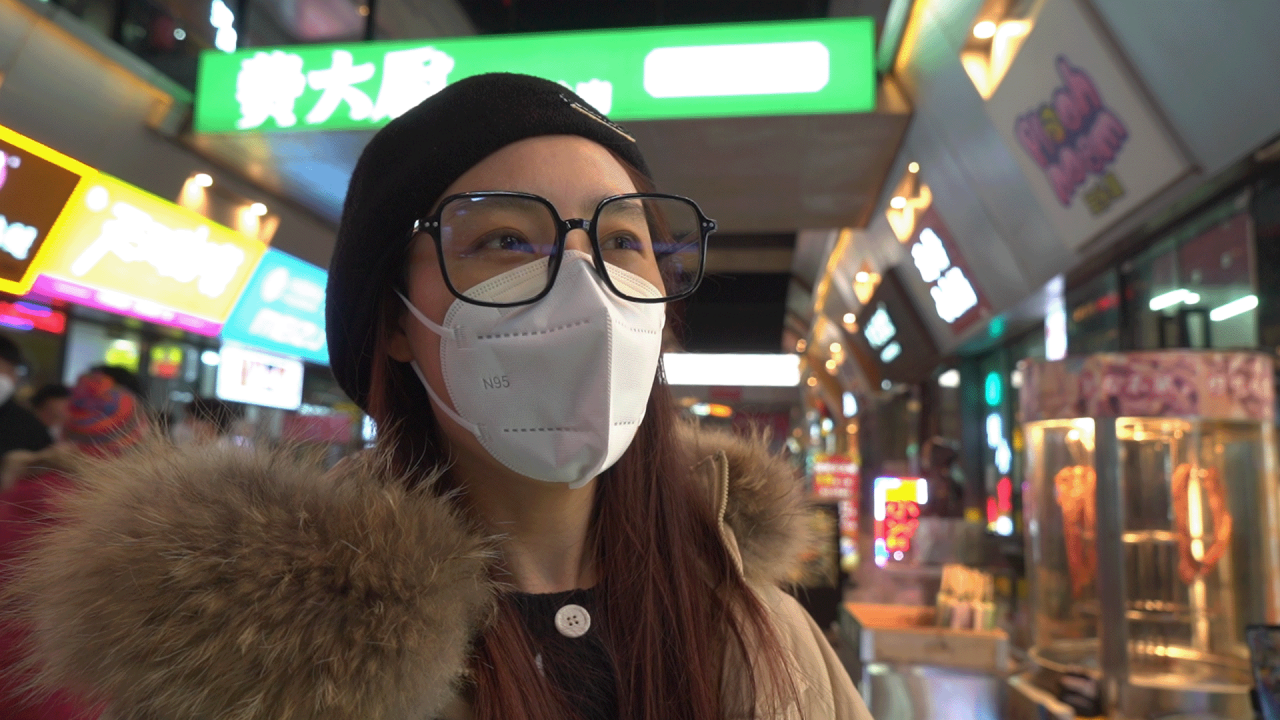
China’s zero-Covid exit and reopening will be neither smooth nor swift
- As Beijing begins easing pandemic restrictions, the rising Covid-19 caseload and pressure on hospitals could force local authorities to back-pedal
- Even with a fully reopened economy by next year, recovery will take time
Some local authorities could be forced – by a rise in hospitalisations or even deaths – to reverse easing measures to slow the virus transmission, or face a chaotic exit from the zero-Covid policy. Neither would be pleasant for the economy, nor society at large.
To manage these risks, Beijing needs to carefully sequence the transition out of its existing policies. I think this should proceed in three phases. Phase one should focus on getting the public medically and mentally ready for a change.
The final step would be to open the border with the rest of the world through successive reductions of quarantine restrictions for visitors. Once completed, China would be reintegrated back into the global community – something that should be possible by the end of 2023, if not earlier.
Investors must remember China has the tools to speed recovery

Indeed, economic growth is likely to stay subdued in the next month or two as the public adjusts to the changing Covid policies and rising infections, which may instil cautious behaviour among consumers and businesses. Beijing needs to use this window to accelerate vaccination and get medically prepared for a more substantial relaxation of administrative controls after the Lunar New Year.
As the economy reopens more decisively thereafter, consumption and services activity could lead a cyclical upswing. The growth momentum is expected to build beyond the first quarter of 2023 and accelerate strongly in the second half of the year once the domestic economy is freed from the pandemic.
Doomsayers should think twice before writing off China’s economy
Inflation could become a focus of the central bank in 2024 if China’s reopening and economic recovery proceed smoothly. But for the coming 12 months, I think the key task for the People’s Bank of China is to keep its policy accommodative to safeguard the economy back to trend growth.
Aidan Yao is senior emerging Asia economist at AXA Investment Managers


